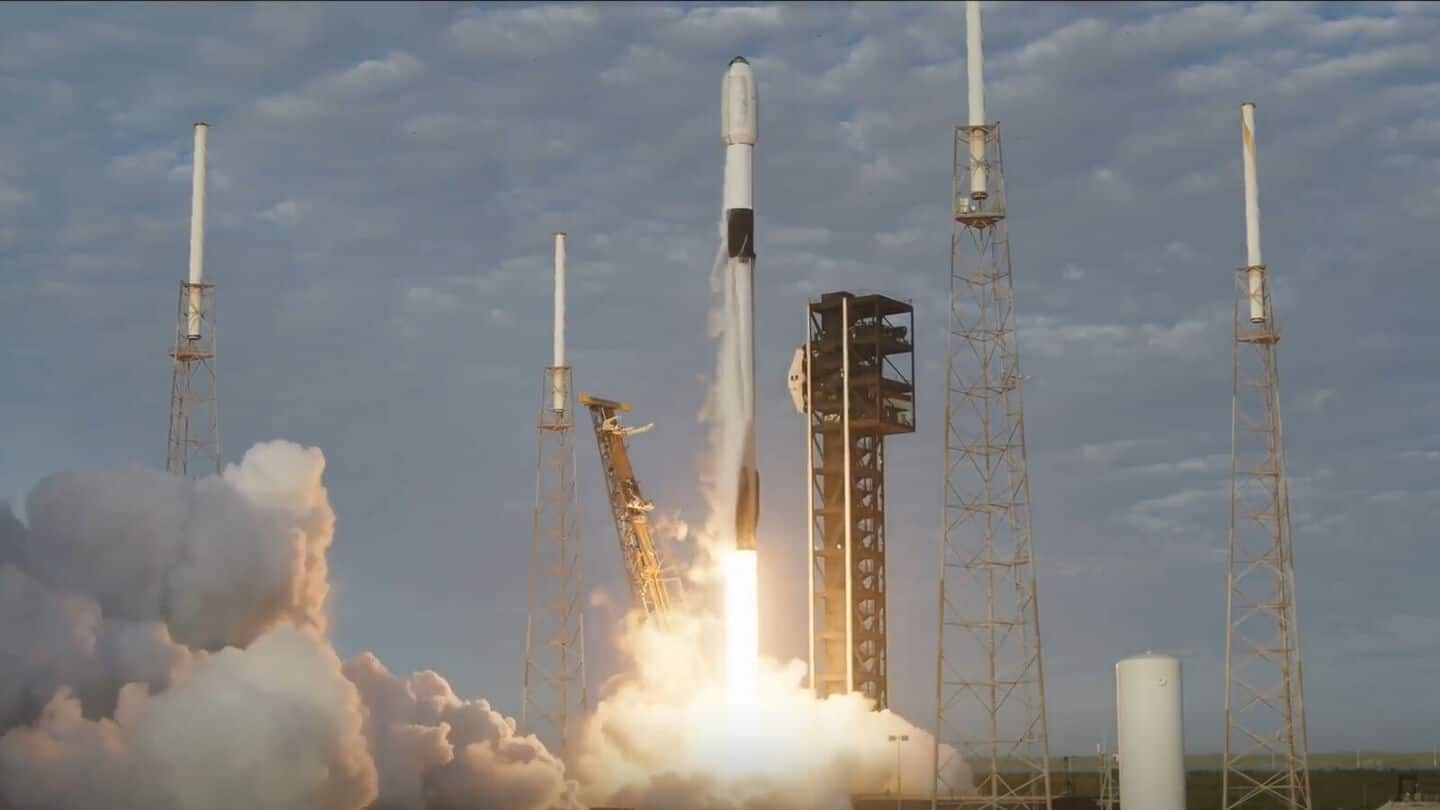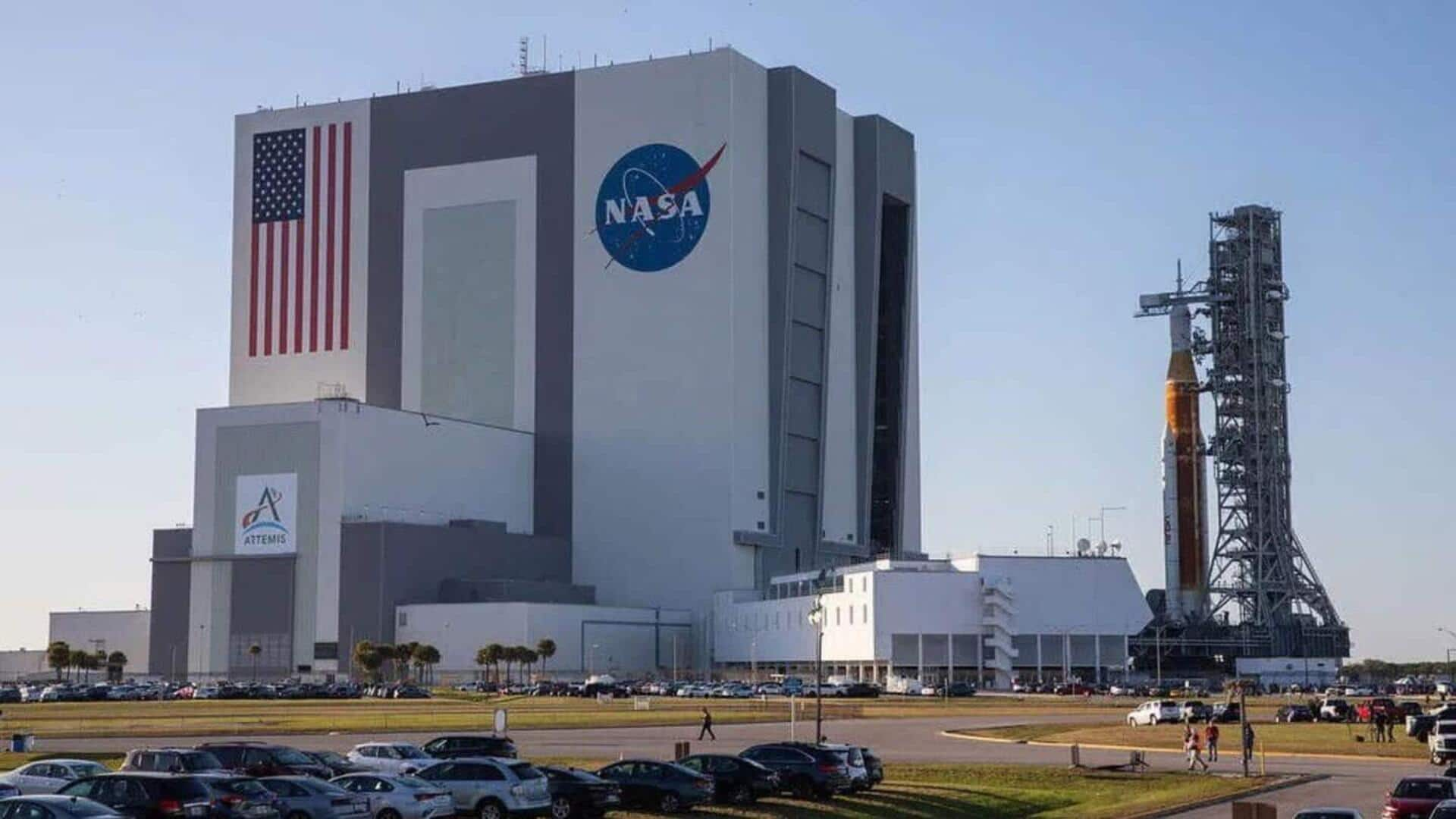Solar Sail Technology
Solar sails harness the power of sunlight, utilizing the pressure from solar photons to propel spacecraft. This method is distinct from traditional rockets,
which rely on chemical propellants. Solar sails consist of large, lightweight reflective surfaces, typically made of thin materials. As solar photons strike these surfaces, they transfer momentum, pushing the spacecraft forward. This technology enables sustained acceleration and travel over long distances, making it suitable for various space missions. The absence of propellant also significantly reduces the mass of the spacecraft, enabling the exploration of deep space and the completion of long-duration missions.
Weather Forecasting's Role
Space weather forecasting plays a critical role in safeguarding technological infrastructure, specifically satellites, power grids, and communication systems. Space weather events, driven by solar activity, can disrupt these systems, leading to significant economic and societal implications. Forecasting involves monitoring solar flares, coronal mass ejections, and solar wind. Understanding and predicting these events helps in mitigating the risks. Advanced forecasting tools and models are continuously developed to improve accuracy and lead times. Earlier and more precise warnings allow operators to take protective measures, such as putting satellites into safe mode or adjusting power grid operations.
Enhancing Warning Times
The potential of solar sail spacecraft could add nearly 60 minutes to space weather warnings. This extended lead time is made possible by the spacecraft's positioning and observational capabilities. Solar sails' extended presence in space lets scientists gather data from unique vantage points. It lets them monitor solar events more closely, providing a greater understanding of events. This advanced observation enables improved models, leading to better predictions and earlier alerts. A sixty-minute addition could allow for better preparations, such as reorienting satellites or stabilizing power grids. This would also reduce the impact of space weather events on essential infrastructure.
Impact and Implications
Improving space weather warnings has wide-ranging implications for modern society. Enhanced warning times can shield technological infrastructure, reduce economic damage, and protect vital services. The ability to protect satellites is paramount, as they offer communication, navigation, and Earth observation. Precise warnings can also help prevent power outages, which disrupt communities. Improved weather alerts also benefit astronauts by making space activities safer. As societies become more reliant on space-based technologies, the importance of accurate forecasting and warning times will keep increasing. Future research on solar sails and space weather should lead to continuous improvements.










